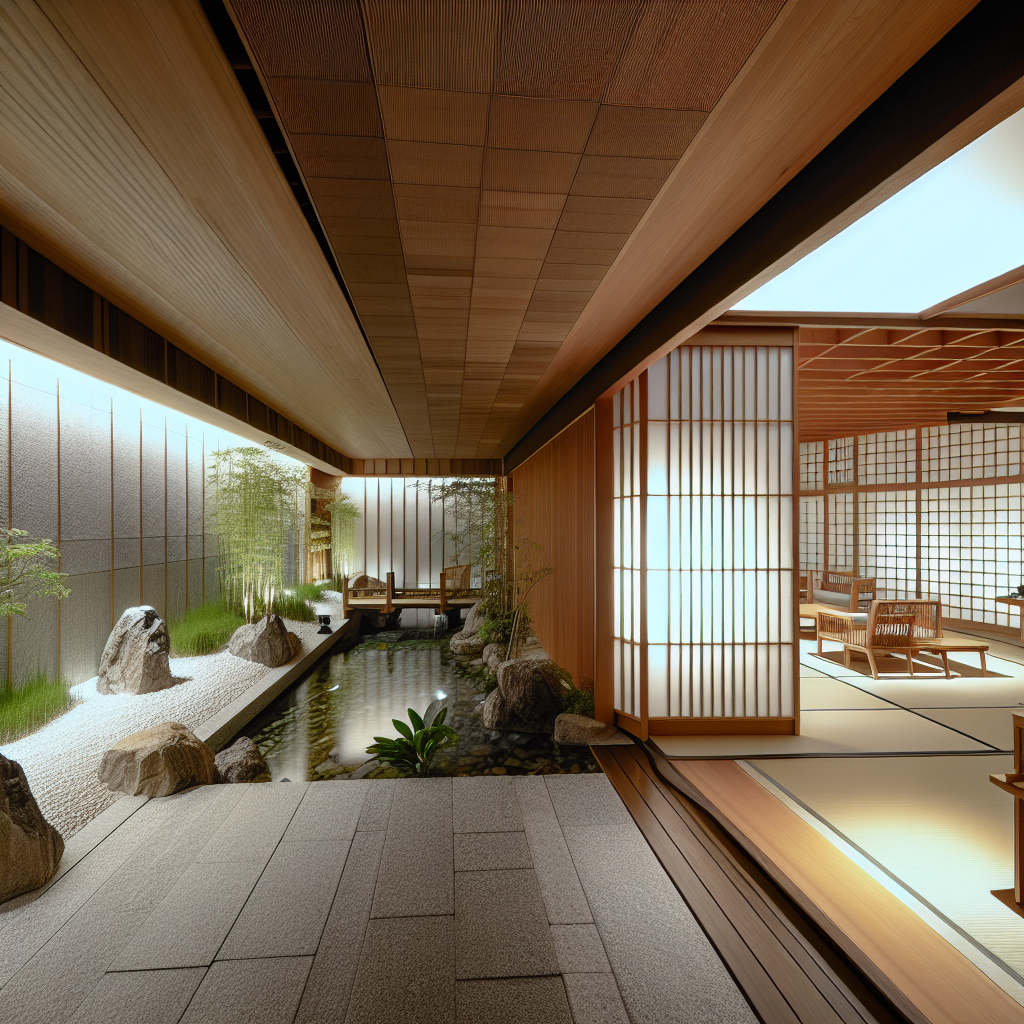Japan’s Luxury Ryokan Experience Gets Sustainable Makeover for 2025
Japan’s ryokan, traditional inns known for their exquisite hospitality, tatami-matted rooms, and serene hot spring baths, have long been a symbol of luxury and cultural heritage. As global travelers increasingly prioritize sustainability, the ryokan industry is undergoing a transformative shift. By 2025, many luxury ryokans are embracing eco-friendly practices without compromising their timeless charm, offering guests an experience that is both indulgent and environmentally responsible.
The Rise of Sustainable Tourism in Japan
Japan has seen a significant surge in sustainable tourism initiatives over the past decade. According to the Japan Tourism Agency, eco-conscious travel has grown by over 30% since 2018, driven by both domestic and international visitors seeking authentic yet responsible experiences. This trend has prompted ryokans, traditionally reliant on resource-intensive operations, to rethink their approach.
Luxury ryokans, often located in pristine natural settings such as Hakone, Kyoto, and the Japanese Alps, are uniquely positioned to lead this green revolution. Their deep connection to nature and cultural preservation aligns naturally with sustainability goals.
Key Sustainable Innovations in Luxury Ryokans
Several ryokans have already begun integrating sustainable practices, setting a precedent for the industry. These innovations include:
- Energy Efficiency: Installation of solar panels and geothermal heating systems to reduce reliance on fossil fuels.
- Water Conservation: Advanced water recycling systems and low-flow fixtures help preserve the precious hot spring water and reduce waste.
- Locally Sourced Ingredients: Many ryokans now emphasize farm-to-table dining, sourcing seasonal produce and seafood from nearby farms and fisheries to minimize carbon footprints.
- Waste Reduction: Implementation of comprehensive recycling programs and composting organic waste to reduce landfill contributions.
- Eco-Friendly Materials: Use of sustainable building materials such as reclaimed wood and natural fibers in renovations and new constructions.
Case Study: Gora Kadan’s Green Transformation
Gora Kadan, a renowned luxury ryokan in Hakone, exemplifies this sustainable makeover. In 2023, the ryokan embarked on a multi-year project to reduce its environmental impact. Key initiatives included:
- Installing a solar power system that supplies 40% of the ryokan’s electricity needs.
- Introducing a rainwater harvesting system to irrigate gardens and reduce potable water use.
- Partnering with local organic farms to provide guests with fresh, seasonal kaiseki meals.
- Replacing single-use plastics with biodegradable alternatives in guest amenities.
These efforts have not only enhanced Gora Kadan’s reputation but also attracted a new generation of eco-conscious travelers. The ryokan reported a 15% increase in bookings from international guests interested in sustainable luxury stays.
The Role of Technology and Tradition
While technology plays a crucial role in sustainability, ryokans are careful to preserve their traditional essence. For example, smart climate control systems are discreetly integrated to maintain comfort without disrupting the aesthetic. Similarly, natural materials and craftsmanship remain central to the ryokan experience, ensuring that modernization complements rather than replaces cultural heritage.
Challenges and Opportunities Ahead
Despite progress, the transition to sustainability presents challenges:
- Cost: Upfront investments in green technologies can be substantial, especially for smaller ryokans.
- Balancing Authenticity and Innovation: Maintaining the traditional ryokan atmosphere while adopting modern eco-friendly solutions requires careful planning.
- Guest Education: Encouraging guests to participate in sustainability efforts, such as reusing towels or minimizing energy use, is essential but can be difficult.
However, these challenges also offer opportunities for ryokans to differentiate themselves in a competitive market. By marketing their sustainable credentials and educating guests, ryokans can build loyalty and attract environmentally conscious travelers.
Conclusion: A Harmonious Future for Luxury and Sustainability
Japan’s luxury ryokan experience is evolving to meet the demands of a new era—one where environmental stewardship and cultural preservation go hand in hand. By 2025, the integration of sustainable practices promises to enhance the ryokan’s appeal, offering guests an immersive experience that honors tradition while protecting the planet.
As exemplified by pioneering establishments like Gora Kadan, the future of ryokans lies in harmonizing luxury with responsibility. Travelers can look forward to indulging in the serene beauty and impeccable service of these historic inns, confident that their stay supports a more sustainable and respectful approach to tourism in Japan.





